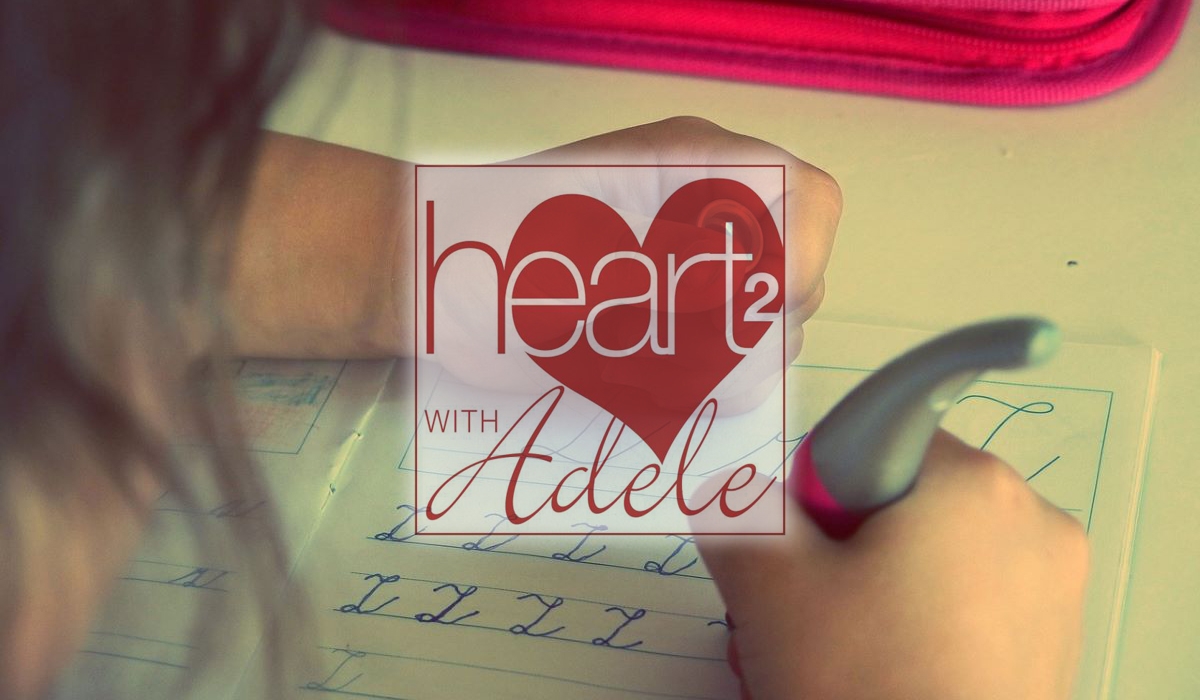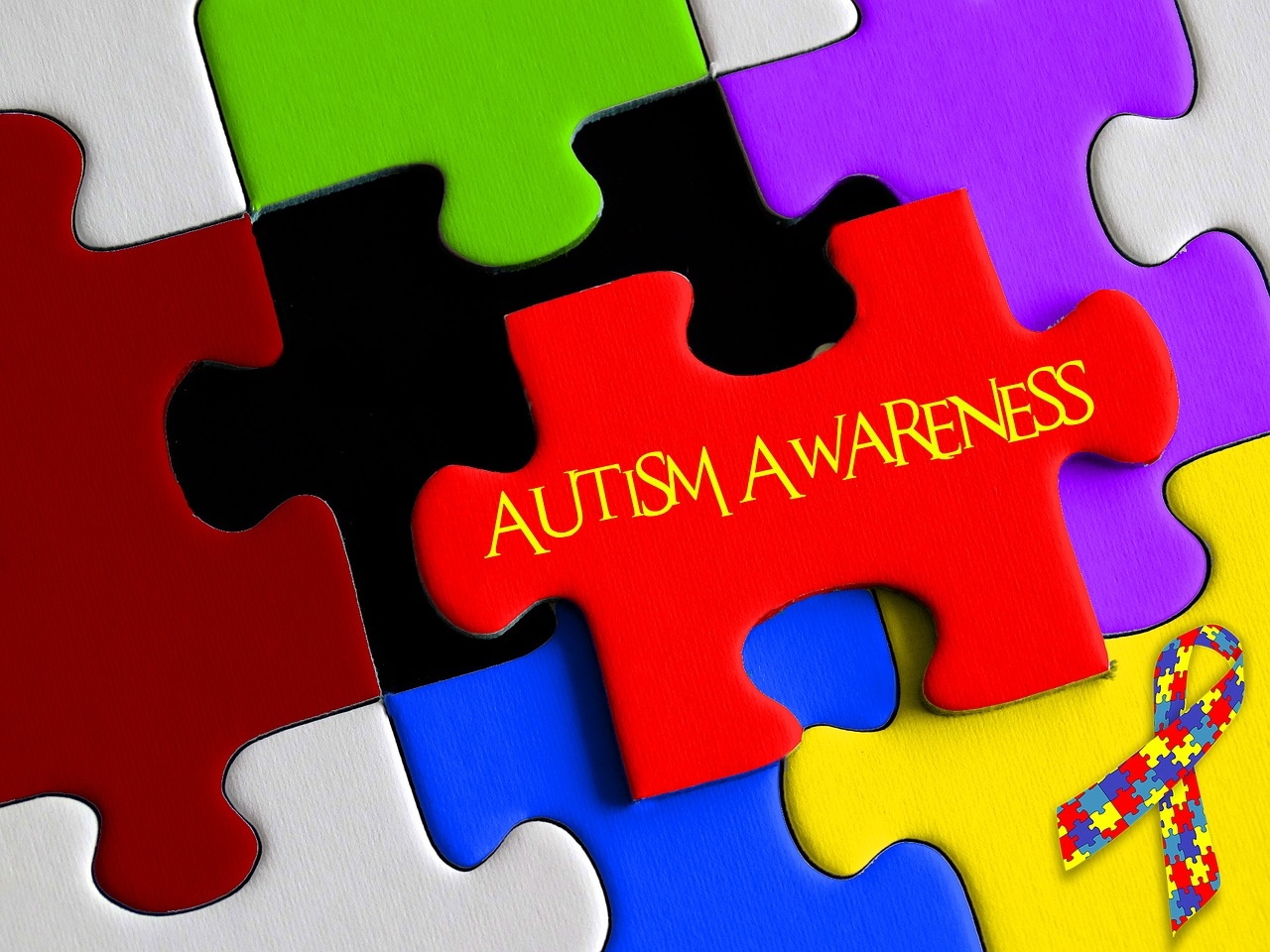
The case for cursive — why kids should be taught handwriting
QUESTION
Dear Adele,
I recently asked my 10-year-old granddaughter to read the cursive written message on a card prepared for her father’s birthday. I was surprised that she was unable to read the few sentences and had to ask an adult at the table to explain what I had written. I thought cursive writing was taught around third grade. Is it possible that this above average student simply failed the subject in school? What suggestions do you have Adele?
Shocked
Dear Shocked,
Curriculum in Canadian schools is not a static entity but rather subject to change on a regular basis. In the last decade there has been prevalent thought that cursive writing is irrelevant, outdated and a waste of instructional time. Many provinces have made it optional and some have dropped it altogether. I suspect your granddaughter has not been taught the art of cursive writing in the formal school setting. Obviously, she has not picked it up informally either, through her network or her family.
Cursive writing was once considered an art form that only clergy and the elite learned to do. In medieval times the ability to write well was a sign of excellent breeding. Towards the 21st century handwriting became more individualized. In the 1920s or so, children learned cursive first, followed by printing. Nowadays, printing is learned first, typing is learned second and cursive is learned last or not at all.
An interesting Time article entitled ‘Five reasons kids should still learn cursive writing’, specifically addressed the positives of teaching cursive writing.
The first reason is the absolute need to be able to write clearly, particularly for one’s signature. This is needed for registered letters, and to confirm one’s identity. It has been shown that messages and words in cursive are less easy to forge.
The second reason which was of particular interest to me was that of brain development research. It is showing that cursive writing requires the use of different parts of the brain and that those who use cursive writing have better fine motor skills, better retention of information, and a better generation of ideas. Cursive writers also score better on reading and spelling tests than those who type on a computer.
A Missouri Traumatic Brain Injury Implementation Partnership Project found that learning cursive writing, forms and strengthens neural pathways for letter recognition and spatial awareness in the brain. It also enhances learning retention and assists with the control of fine and gross motor skills. A 2011 New York Times article stated that learning cursive writing can help one recover from brain injury, neurosurgery and stroke by reforming, rewiring and reinforcing damaged pathways. It stimulates the language centers for learning, writing and memory. Research is showing that cursive writing is useful to those with learning impairments such as dyslexia.
A third reason to learn cursive writing is to provide an individual with the ability to read historical documents, historical letters and postcards in their original form. How sad for any individual going through museums throughout the world to be unable to read cursive writing, which was used almost exclusively in the past for letters and documents.
A fourth reason is that some professions still require the use of cursive writing no matter the advancement of technology. An example is a journalist who needs to be able to take notes quickly or a teacher who needs to be able to walk up and down the aisles and jot a note to a student or parent on a notebook.
A fifth reason is the look of the message. Many people really appreciate a love letter written by hand or a thank you note or card with handwriting. It is highly personal and identifiable by the style of the writing of the creator.
In 2015, Ontario phased cursive writing out of its mandatory curriculum. Tony Evans, director and founder of Dunn Valley Montessori School is quoted as saying “children who write in cursive as opposed to typing when they look at what they write, it turns out that the depth, breadth, and quality of the writing is significantly better.”
A 2013 New York Times article states ‘learning and using cursive leads to increased reading comprehension and class participation.’ The American College Board reports that students using cursive writing for SATs scored higher than those who typed.
A Maclean’s 2019 article entitled ‘Should we bring cursive writing back to schools’ states “students who have fluent handwriting consequently have more working memory capacity to plan, organize and retrieve sophisticated vocabulary.”
So, Shocked, if your granddaughter cannot read and write in the cursive format why not teach her. It is a simple enough matter to pick up an appropriate book which shows the progression of teaching the letters and add it into her homework at night for five or 10 minutes. By the end of this school year your granddaughter should be able to read and write cursive and it is a skill she will never forget.
Remember with regards to education the school can only do so much and no parent should depend on a school system, no matter how good, to teach their children everything they need or everything you might like. Your granddaughter’s parents can do this easily and for my money, cursive writing is a skill your granddaughter should have.
Best wishes, Shocked.
Sincerely, Adele
I'm looking forward to your questions! Email me at maryadeleblair@gmail.com and please put Heart to Heart in the subject line. Note that all columns will remain anonymous.
Photo: StockSnap on Pixabay








